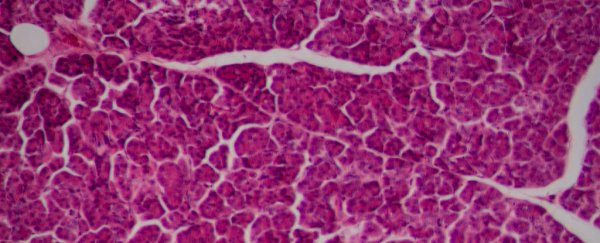Scientists know that being able to grow organs in a lab would remove the need to find human donors, which is why so many research teams across the world are working on making this happen. And now scientists from China have managed to create artificial liver tissue that effectively mimics the real thing.
While we're far from a future where you can get a replacement liver to-order, these types of artificial tissues will be invaluable for investigating biological processes and new drugs before they're used in transplants. The team led by Jinyi Wang at Northwest A&F University has been able to use human cells taken from a real liver and aorta to construct a microfluidics-based tissue that's very similar to that found in the body - tests show the tissue was closer to the metabolic rate of genuine liver tissue than anything produced in a lab so far.
When the engineered tissue was tested with drugs, the reaction closely matched what you would expect from a real liver. These are promising signs that we're getting closer and closer to growing liver tissue outside of the human body.
And the scientists' work could have a massive impact: not only is the liver a very important organ in the body's overall operation, it's also susceptible to some really severe problems. The effects of alcoholism are well known, but the liver can also be badly hit by a viral infection or by an adverse reaction to medication - if the liver fails, a transplant is often the only real option available.
The tissue developed by Wang and his colleagues was designed to mimic the tiny and complex lobules that make up the liver: they resemble very small wheels with spokes. Now further work needs to be done to replicate the process and develop fully functional liver tissue - tissue that could first be used to make sure that new drugs and treatments wouldn't have an adverse effect on the liver if used in humans.
"We anticipate the microfluidics-based bioengineering strategy would benefit liver tissue engineering and liver physiology/pathophysiology studies, as well as in vitro assessment of drug-induced hepatotoxicity [toxicity of the liver]," explains the report, published in the journal Analytical Chemistry.
The efforts of scientists to grow organs outside of a living person demonstrate just what a complicated and finely balanced vessel the human body is, and how different approaches are required for each organ. Despite all of the difficulties, researchers are making progress with tissue that duplicates the heart, vocal cords, brain tissue, and the kidneys.
